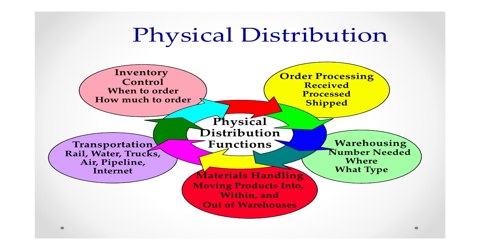Inventory Control in Physical Distribution Process:
Inventory refers to store of commodities intended for the future sales. It can also be said as reservoir of goods held in anticipation of sales. Demand is variable and exact prediction is not promising. So, the main reason of holding inventory is to meet market demand continuously. Marketing managers undertake an inventory planning to develop adequate assortments of products for the target market and also try to control the costs involved in obtaining and maintaining inventory.
Inventory refers to the stock of products a firm has on hand and ready for sale to customers. Inventories are kept to meet market demands promptly. Inventory is the link interconnecting the customer’s orders and the company’s production activity.
The decision regarding level of inventory involves prediction about the demand for the product. A correct estimate of the demand helps to hold inventory and cost level down to a minimum. This not only helps the firm in terms of the cash flows but also in terms of its ability to maintain production at a consistent level.
Three types of costs are associated with inventory.
The first is, holding costs (carrying costs), which include warehousing and storage costs, costs of capital tied up in inventory, costs of price decline, obsolescence, spoilage, pilferages, and taxes and insurance on inventory.
The Second is, costs of stock out or shortage, which include loss of sales, adverse impact on goodwill, losing customers permanently due to shortage of stocks, and administrative costs.
And, the third is, replenishing or reordering costs (order processing costs), such as preparing and placing order; transportation, insurances and wastage during movement; and costs of receiving, inspecting, and handling materials.













